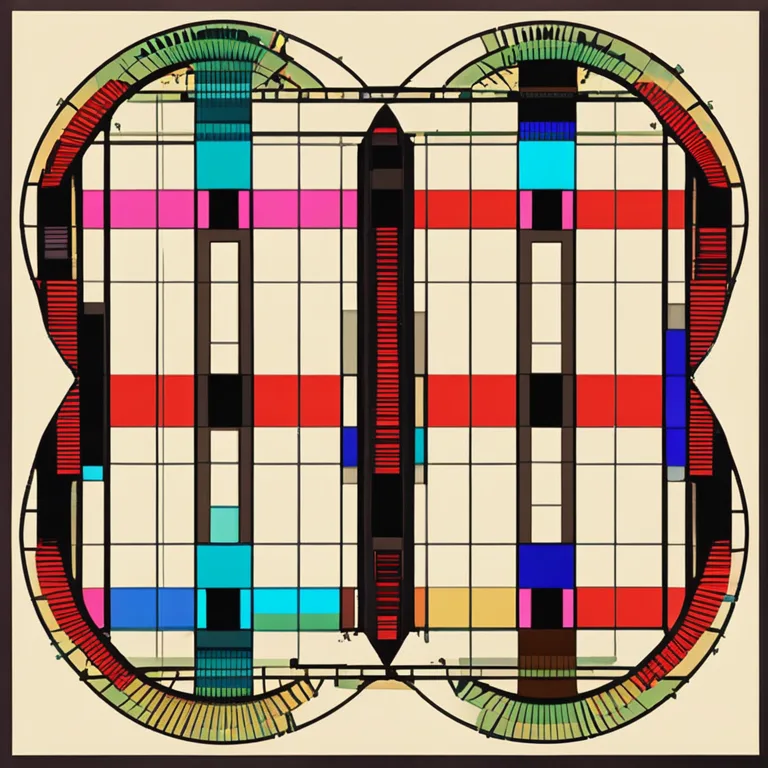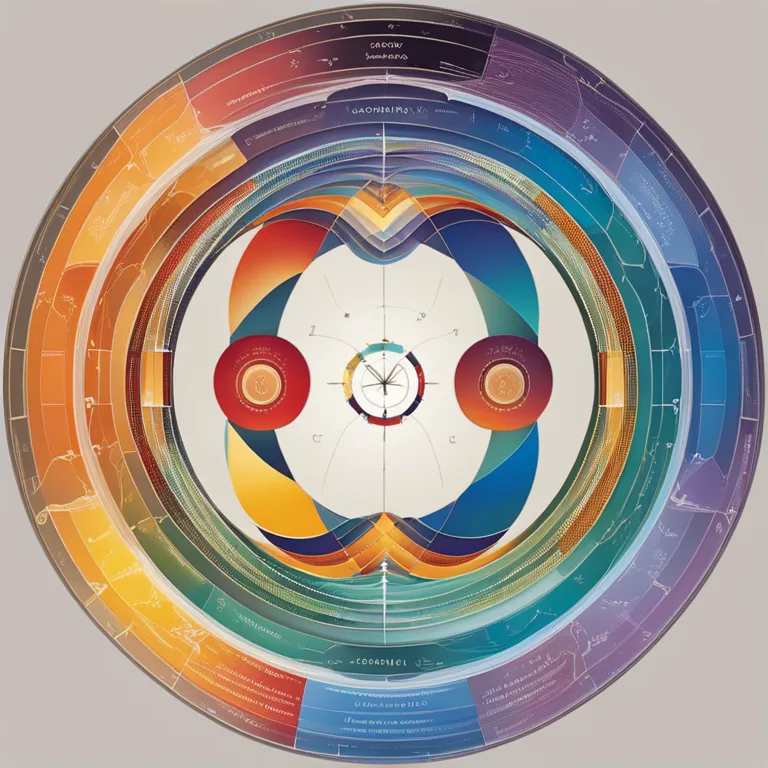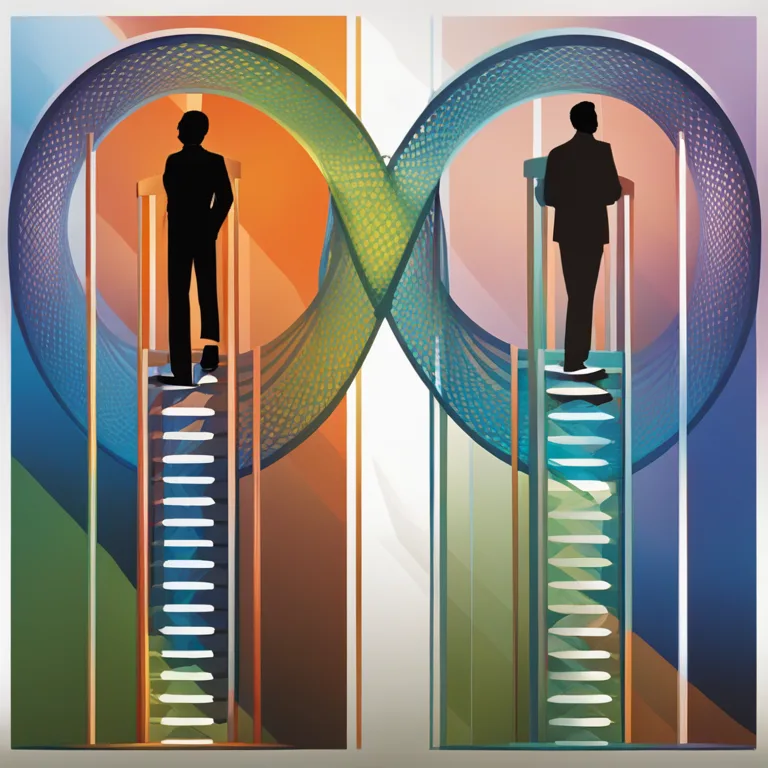
Biorhythm Compatibility: Synchronizing Life's Rhythms
Discover the fascinating link between biorhythms and relationship dynamics. Learn how to enhance compatibility and harmony using the science of biological cycles.
article by Adrian Wallace
The Basics of Biorhythms
Understanding biorhythms begins with the recognition of three critical cycles influencing human behavior: the Physical (23-day cycle), the Emotional (28-day cycle), and the Intellectual (33-day cycle). Each of these cycles waxes and wanes between high and low phases, and it is believed that our effectiveness in different aspects of life is affected by these cycles. For instance, during a high Physical cycle, one might be more energetic, while a low Intellectual cycle may correspond with reduced concentration levels. Biorhythms theory posits that by tracking these patterns, we can predict and align our activities with our innate rhythms for enhanced performance and well-being.

Intersecting Cycles in Relationships
In the realm of personal relationships, biorhythms compatibility suggests that how well two people's cycles align can have a significant impact on their connection. When both partners are in a high phase in their Emotional cycles, for instance, their relationship may flourish with mutual understanding and empathy. Conversely, if one partner is experiencing a low Physical cycle while the other is at a high, the mismatch could lead to tensions. Knowledge of these rhythms can facilitate better communication and help to manage expectations within personal and business relationships.

Calculating Compatibility Through Biorhythms
Determining biorhythm compatibility entails comparing the cycles of two individuals to pinpoint congruencies and divergences. Specialized software and online platforms have emerged, offering personalized biorhythm charts based on birthdates. These tools can assess compatibility potential by analyzing the overlapping areas of individuals' Physical, Emotional, and Intellectual cycles. Instances where the cycles harmonize may indicate periods of strong compatibility, while cycles that clash could suggest times of potential challenge or conflict.

Biorhythms as a Tool for Harmony
Instead of being deterministic, biorhythms compatibility serves as a guide for enhancing relational harmony. By being aware of one's own biorhythmic cycles and those of their partner, people can plan activities, discussions, and decision-making for times when both are likely to be in a positive phase. It can also help couples to exercise patience and understanding during periods when their cycles are out of sync. Biorhythms can even aid in selecting auspicious dates for weddings or other significant events.

The Skepticism and the Benefits
Despite biorhythms being an intriguing concept, it's important to acknowledge the skepticism surrounding its scientific validity. Critics argue that biorhythms lack empirical evidence and that their predictive power is not supported by rigorous research. Nonetheless, many individuals and couples find value in the framework as a form of self-reflection and relationship analysis. By considering biorhythmic patterns, some report improved self-awareness and interpersonal understanding, which can be beneficial regardless of the scientific debate.
Integrating Biorhythms into Everyday Life
Incorporating biorhythms into daily life involves monitoring one's cycles and making conscious decisions based on them. While it may not be an exact science, the practice encourages attentiveness to physical, emotional, and intellectual needs. This mindfulness can help individuals lead more balanced lives and foster better relationships. As society becomes increasingly receptive to holistic and alternative wellness approaches, the interest in biorhythm compatibility is likely to grow and evolve with new insights and applications.
Published: 12/28/2023
Modified: 12/28/2023
More predictions
Come back here soon to learn more about yourself and your future


The Reality Of Biorhythm Compatibility
Unravel the truth behind biorhythm compatibility and its role in personal relationships and daily life.


Biorhythms In Humans Explored
Exploring the concept of biorhythms and their influence on human behavior and physical states.


Biorhythm Theory: Fact Or Fallacy?
Explore the fascinating concept of biorhythms to discern if there's any scientific accuracy behind this popular belief.